Nature's Nation | Princeton University, NJ
Location: Princeton University, New Jersey
Date: October 2018
Curators: Karl Kusserow, Alan C. Braddock
Services Provided: Exhibition Design, Case Work, 3D Visualization, Exhibition Lay Out, and Spatial Planning Support.
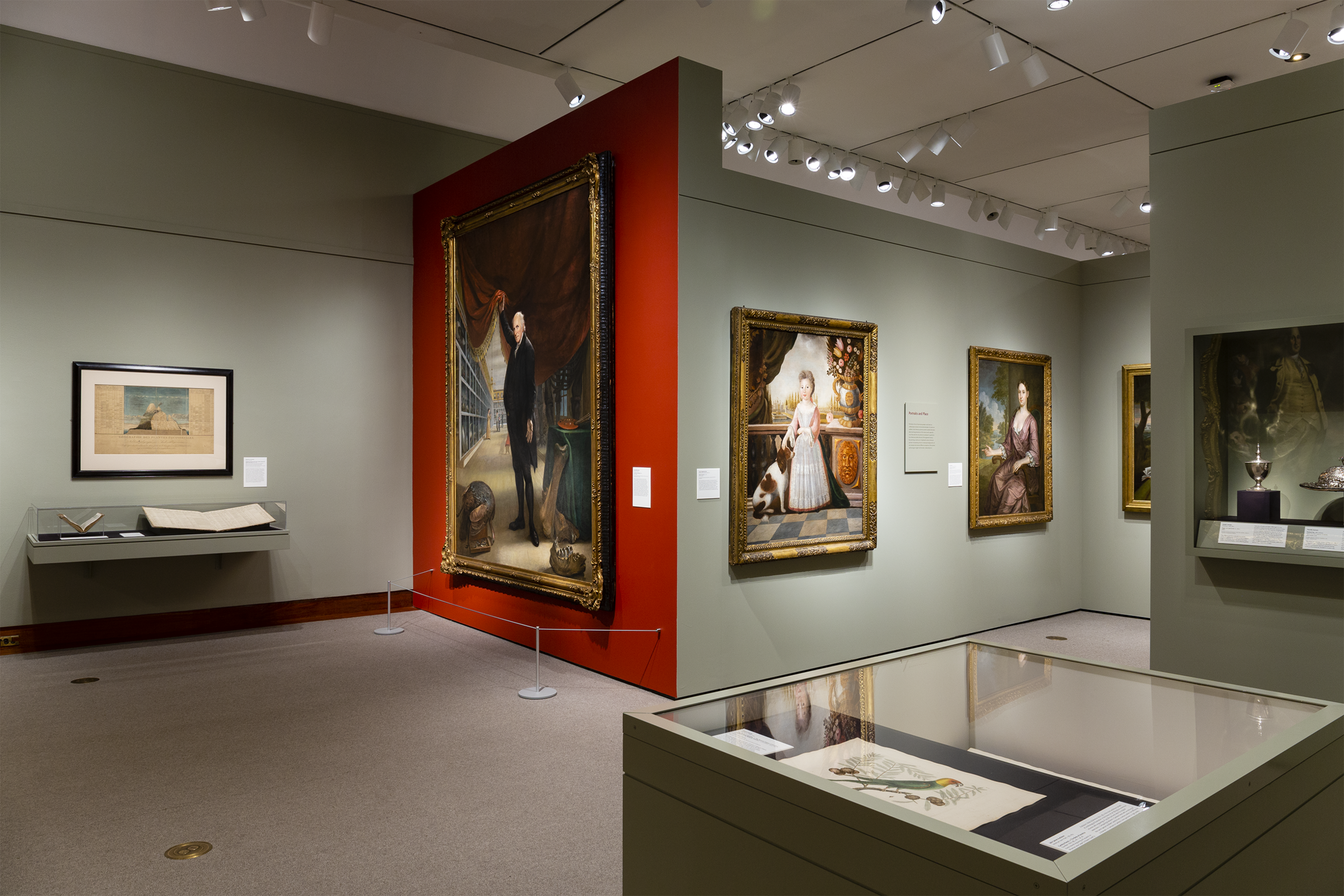
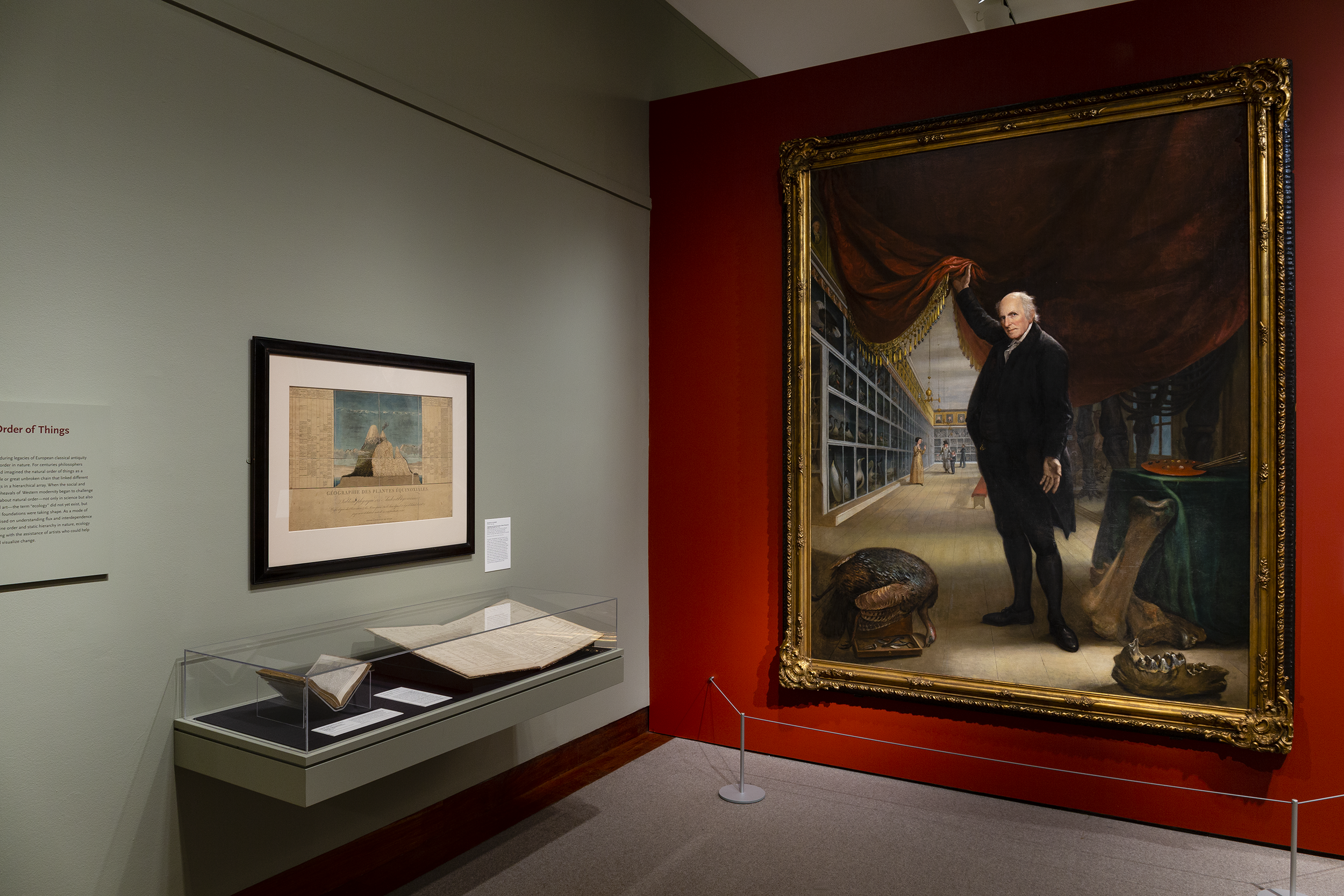

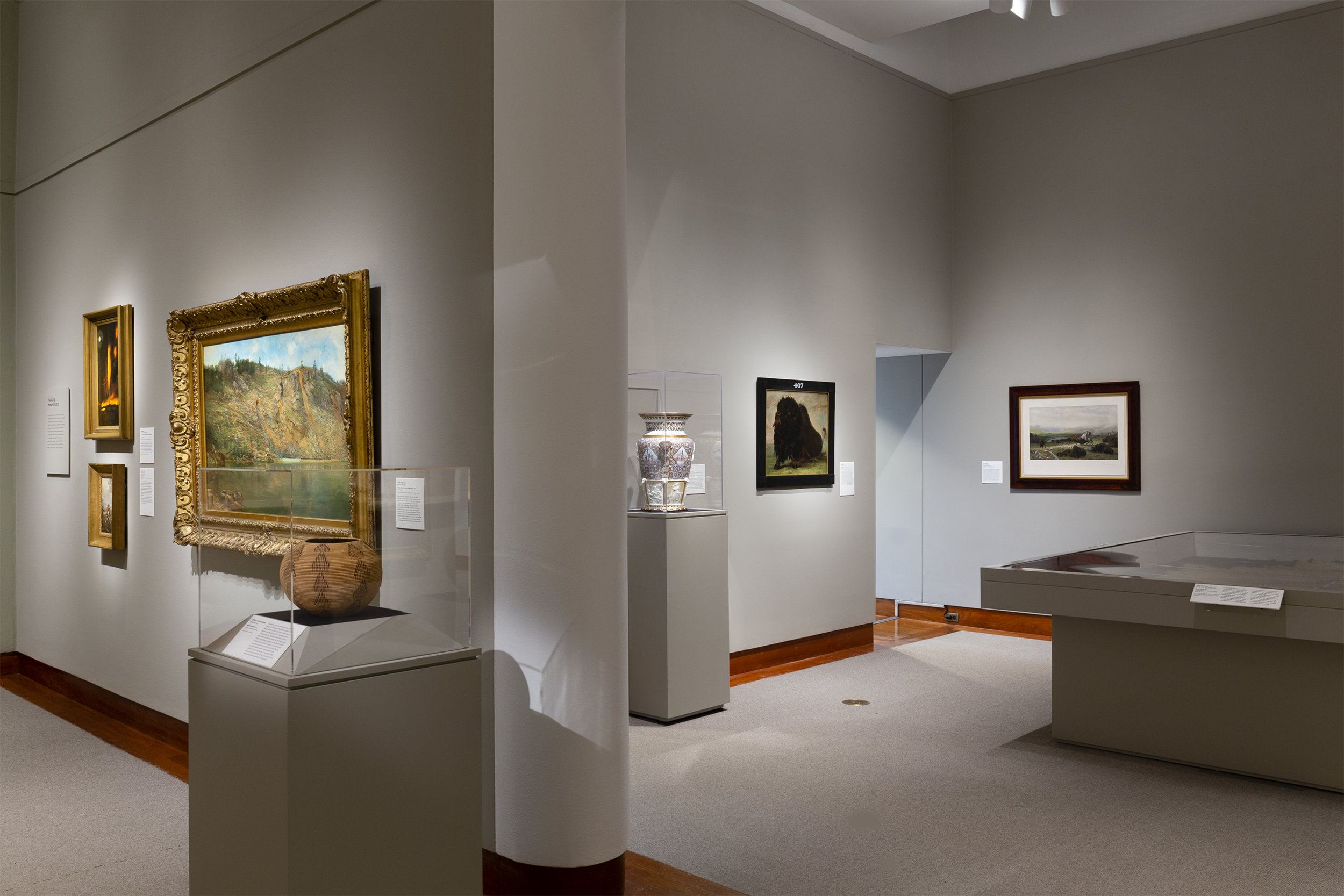

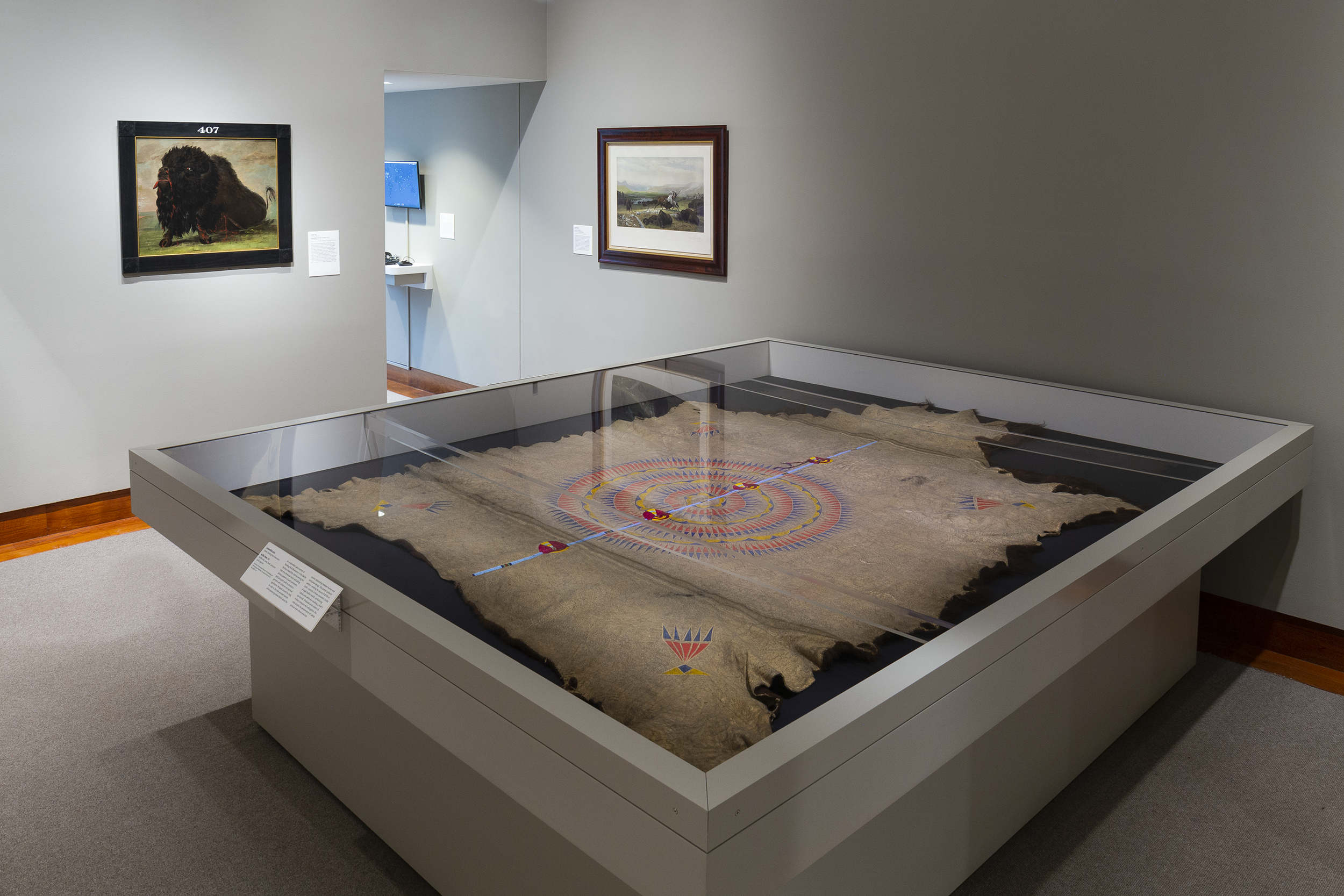
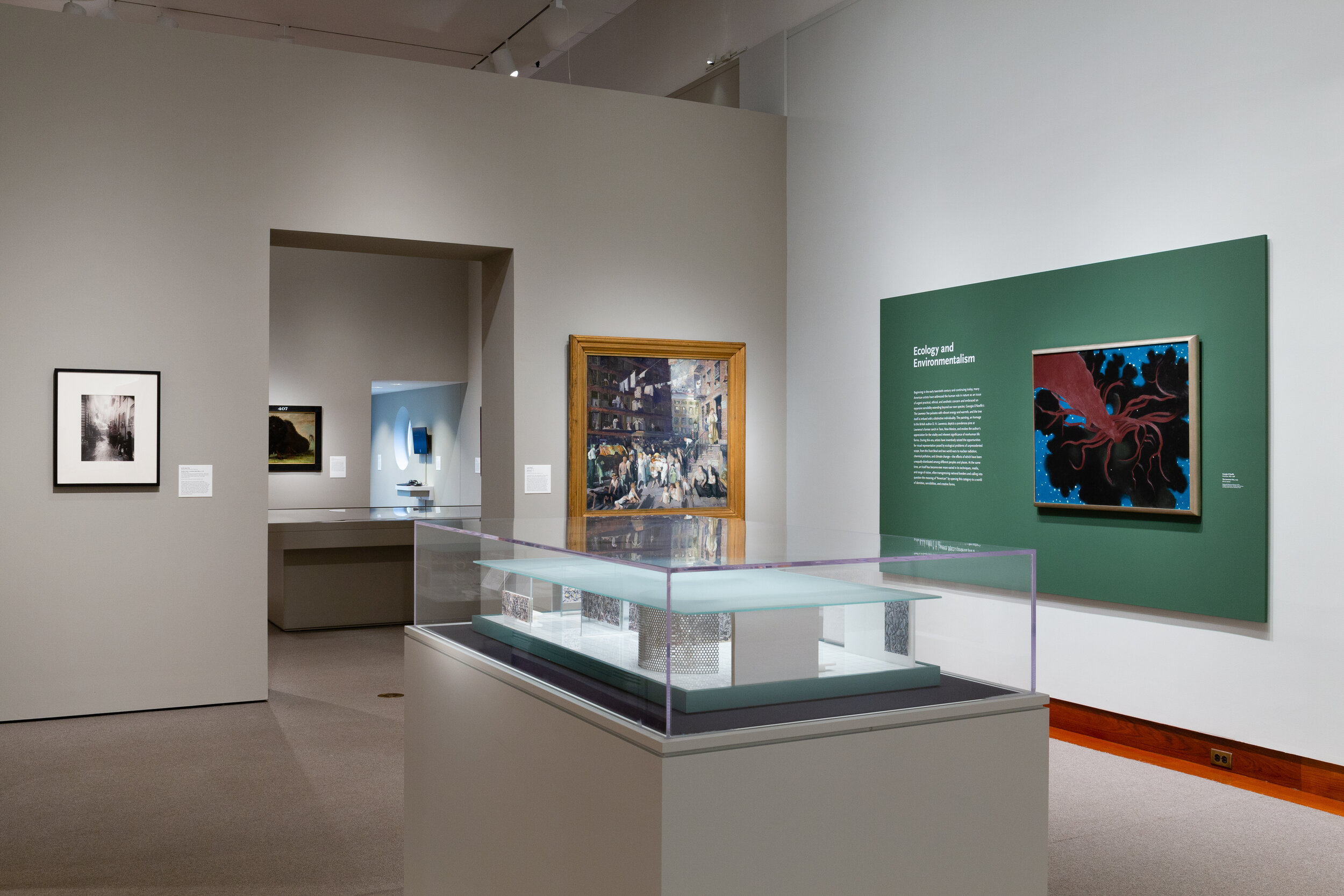
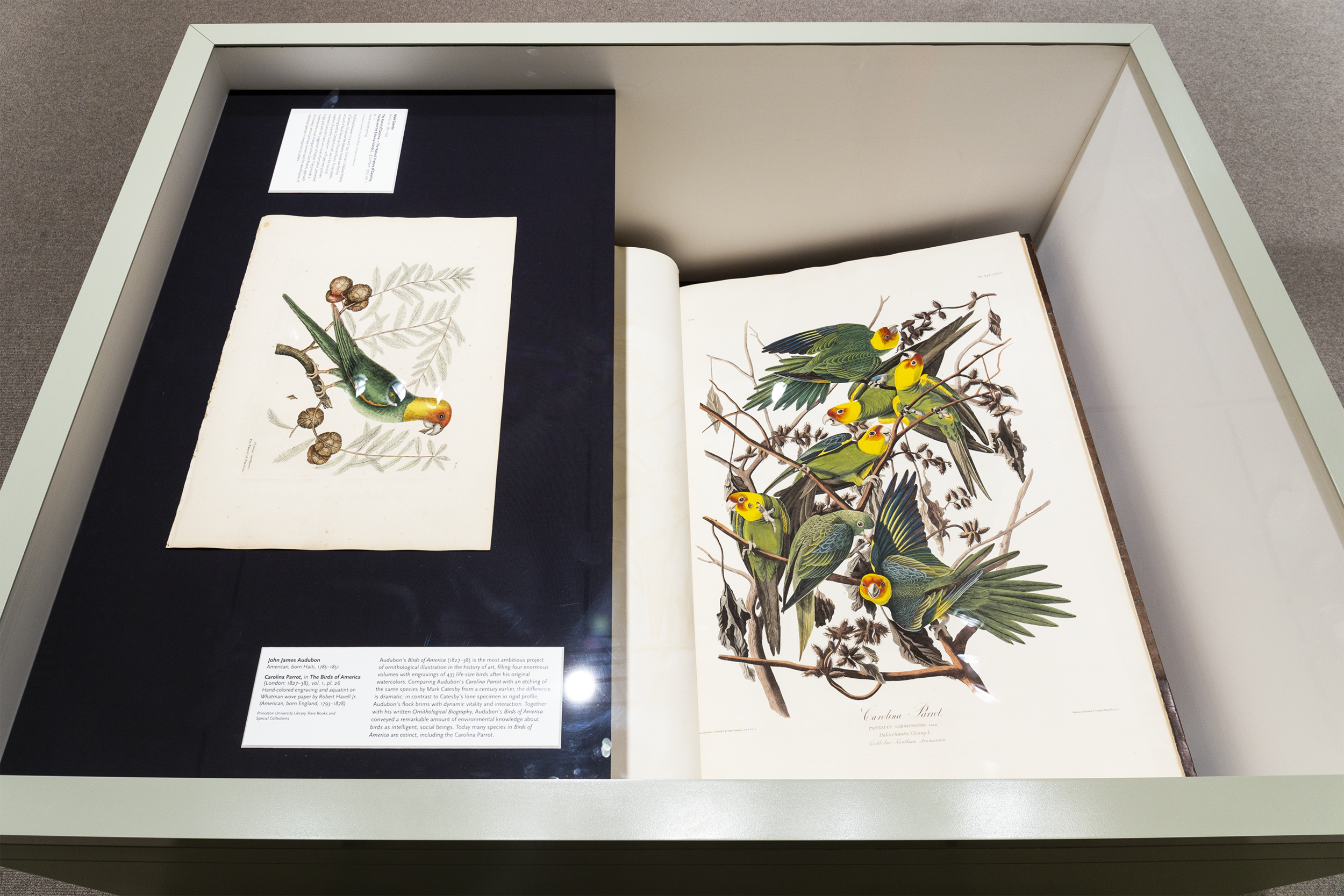
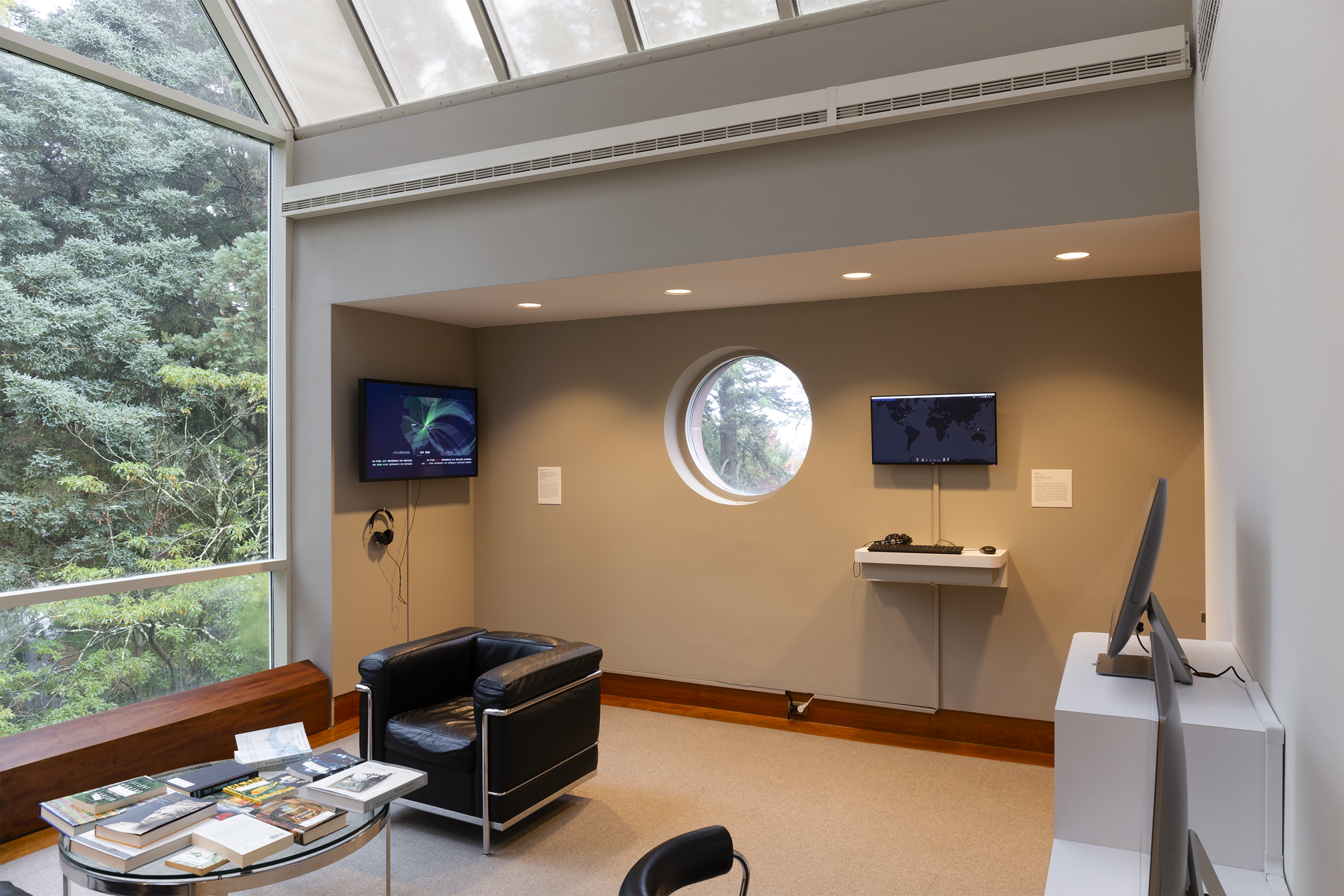
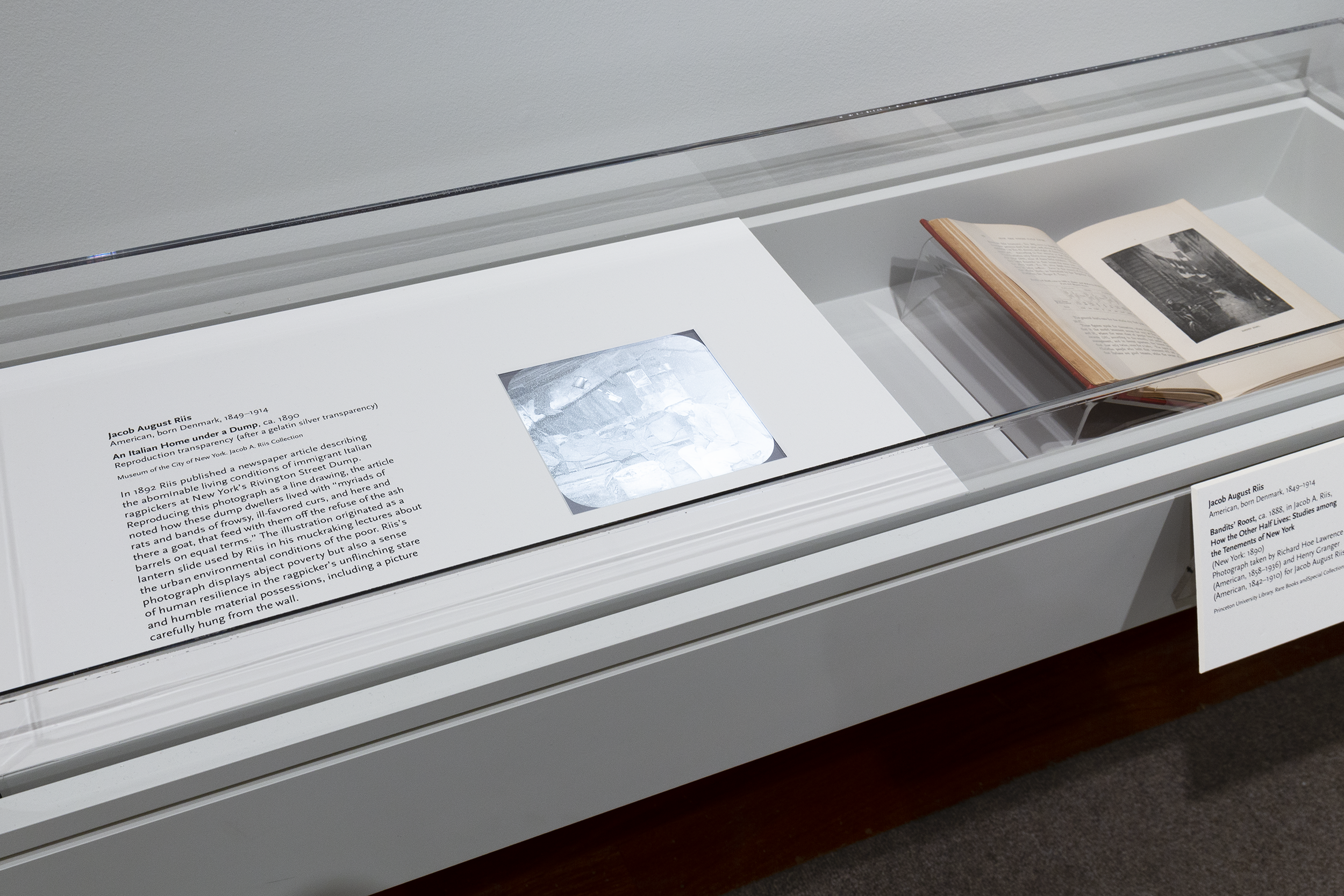
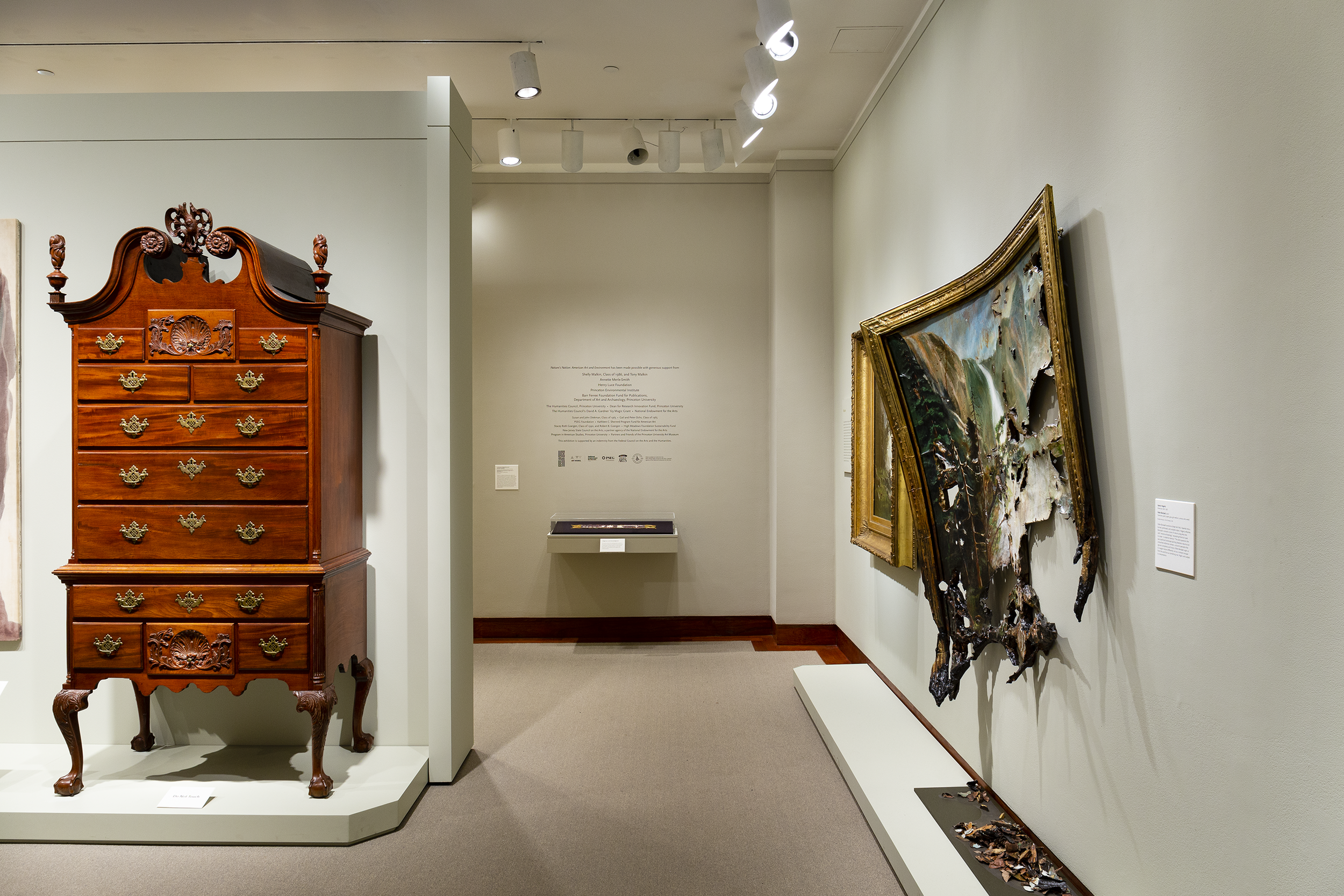
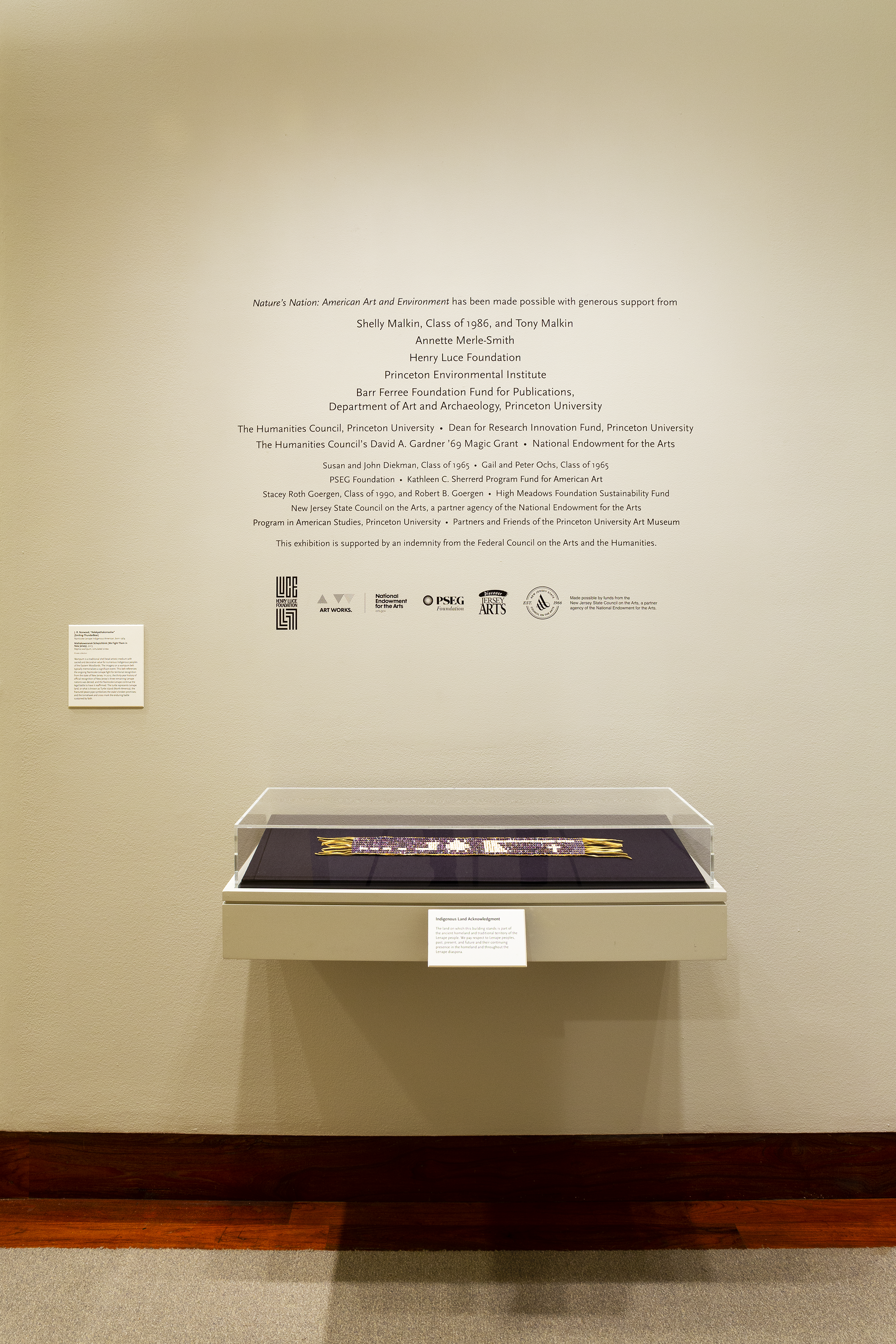

Excerpt from PUAM Press Release
Nature’s Nation: American Art and Environment, comprehensively tells the story of people’s changing relationship with the natural world through a ground breaking works encompassing three centuries of American Art. From the colonial period to the present, the exhibition presenting more than 120 paintings, sculptures, prints, drawings, photographs, videos and work of decorative art, exploring for the first time how American artists different traditions and backgrounds have both reflected, referenced, and changed the environmental understanding during the development of modern ecological consciousness.
This sweeping exhibition engages a wide range of genres and historical contexts – from colonial furniture to the art of Jeffersonian natural science, from Hudson River landscape painting to Native American basketry, from Dust Bowl regionalism to modernist abstraction and postwar environmental activism – highlighting the evolving ecological implications of subjects and contexts of creation as well as artistic materials and techniques. The result is a major reinterpretation of American art that examines both iconic masterpieces and rarely seen objects through a lens uniting art historical interpretation with environmental history, scientific analysis and the dynamic field of eco criticism.
The exhibition is the culmination of years of innovative research by co-curators Karl Kusserow, the John Wilmerding Curator of American Art at the Princeton University Art Museum, and Alan C. Braddock, the Ralph H. Wark Associate Professor of Art History and American Studies at William & Mary. “
‘The Museum is grateful to the many institutions and funders who enthusiastically supported this innovative new vision of North American history and culture,’ Steward said. Lenders include 70 eminent national collections, both private and public, as well as works drawn from Princeton’s extensive holdings.”
Nature’s Nation begins with an introductory gallery where fifteen diverse works in the introduction set the stage for the following sections, which together reveal our evolving sense of what nature means and how we as humans relate to it. The first, Colonization and Empire, focuses on images of the young Republic’s ideas about natural order. A second section, Industrialization and Conservation, explores work that addresses the tensions between progress and preservation, including complex representations of consumption and its effects. And finally, Ecology and Environmentalism considers art of the 20th and 21st centuries that reimagines ecology on a global scale through expansive techniques and media.
Photography credits:

